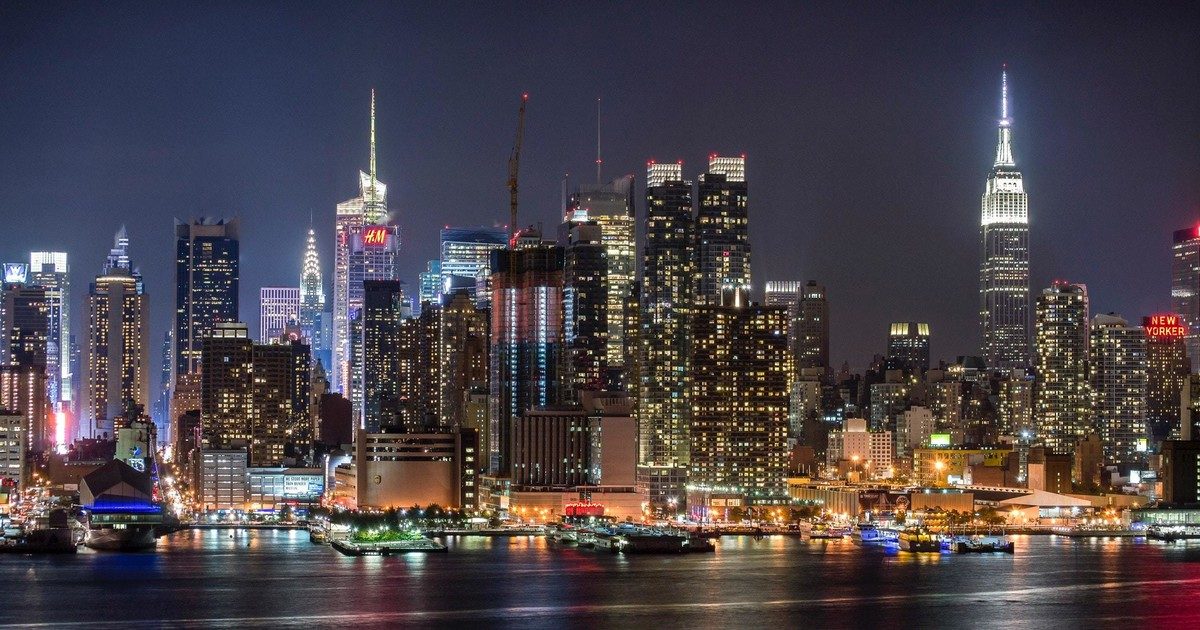I thoroughly enjoyed the readings (“Queer Street Families: Place-making and community among LGBT youth of color in iconic gay neighborhoods” and Chapter 5 of The Help Yourself City) from today’s lecture. Professor Greene discusses how queer youths of color experience discrimination and isolation from the predominately white, gay community in Boystown, Chicago, Boystown, Chicago is significant because it is supposed to be a space where people of the LGBTQ community could go if they are seeking spaces to “freely express their gendered and sexual selves” (Greene, 168). However, queer youths of color would enter a space where they thought they could freely expresses themselves, but were surprise and frustrated when they still experienced backlash from the community.
This backlash led LGBT youths of color to create “queer street families,” which is actually similar to, “street-corner culture traditionally associated with black and Latinx urban spaces” (Greene, 170). In other words, this street culture is developed from not being welcome by the hegemonic group. In Professor Greene’s example, the “queer street families” were comprised of LGBT youths of colors who were predominately criticized and bullied by older, white gay individuals.
The first question I proposed was “Reflect on groups you observe and/or interact with in your communities. How are they/their experiences similar to the “queer street families” discussed in the chapter? What are these groups’ versions of “street families?”” This questioned was stemmed from a personal anecdote about when I was a freshman and sophomore in high school on the tennis team. During our off days, we would play basketball and the upperclassmen would never let the underclassmen play so we would create our own “street corner culture” by playing a separate game on the side. We made this game our own and were extremely passionate about it, but it only started because we are pushed away from the hegemonic group (upperclassmen on the tennis team).
Then, Professor Greene joined the conversation saying he brings in “street corner culture” when he is teaching such as when he curses, talks about drinking, or adds daily humor to class. Although this may be approved by students it can be disapproved by faculty and staff and create a “street corner culture” for Professor Greene and other faculty who teachers like him. This led to other discussions and examples of “street corner culture” like Parkour and even when “hanging out outside 7-11.”
Later in the chapter, Professor Greene discusses his interactions with Sammy at a coffee shop. When Sammy walked into a coffee stop, he felt uncomfortable because the employees and other customers felt like he may cause harm because of his appearance- he felt like a scapegoat. Directly, he noted, “his youth and appearance often seem to signal to workers and other customers that he is causing trouble” (Greene, 177-178). The question I asked was, “Can you think of any personal examples in which you have felt like Sammy, or had a similar experiences (was blamed for felt blamed for things you do not do)?” because this relates to my summer job where I would work with analysts and sometimes when I met with more senior members at the firm and there were errors on our PowerPoint, I would be blamed just because of my age- even if I did not do anything wrong.
This led to a discussion where a student discussed how a CVS pharmacy at their town center forced students to leave the backpacks outside because they were afraid they would steal things. This was interesting because the company made an assumption about all students and punished everyone under a certain age. It’s also important to note that children can still steal if they wanted (put snacks in their pockets), so the plan wouldn’t work if someone actually wanted to steal something. This discussion of age and pre-existing judgements is interesting especially because students are entering the workforce soon and will start on the ‘bottom of the totem pole.’

This discussion was extremely captivating. As a person who does not identify with being LGBTQ+, I found it incredibly informative, giving a historical perspective of the movement. I also found an interesting parallel to the show “Drag Race,” which RuPaul hosts.
Something that RuPaul constantly emphasized was the sense of community that was necessary toward the success and protection of people that were LGBTQ+. While watching the show, these familial ties, not defined by genetics or blood were represented in multiple ways. The idea of the chosen family became incredibly prevalent in that more often than not, contestants were not accepted by close family. This leads “queens” to create their own families, often adopting new last names or residencies.
This interests me in looking into ways that this community participates in placemaking in order to survive. These forms of placemaking are necessary in that they go beyond a sense of representation and are created as a necessity.